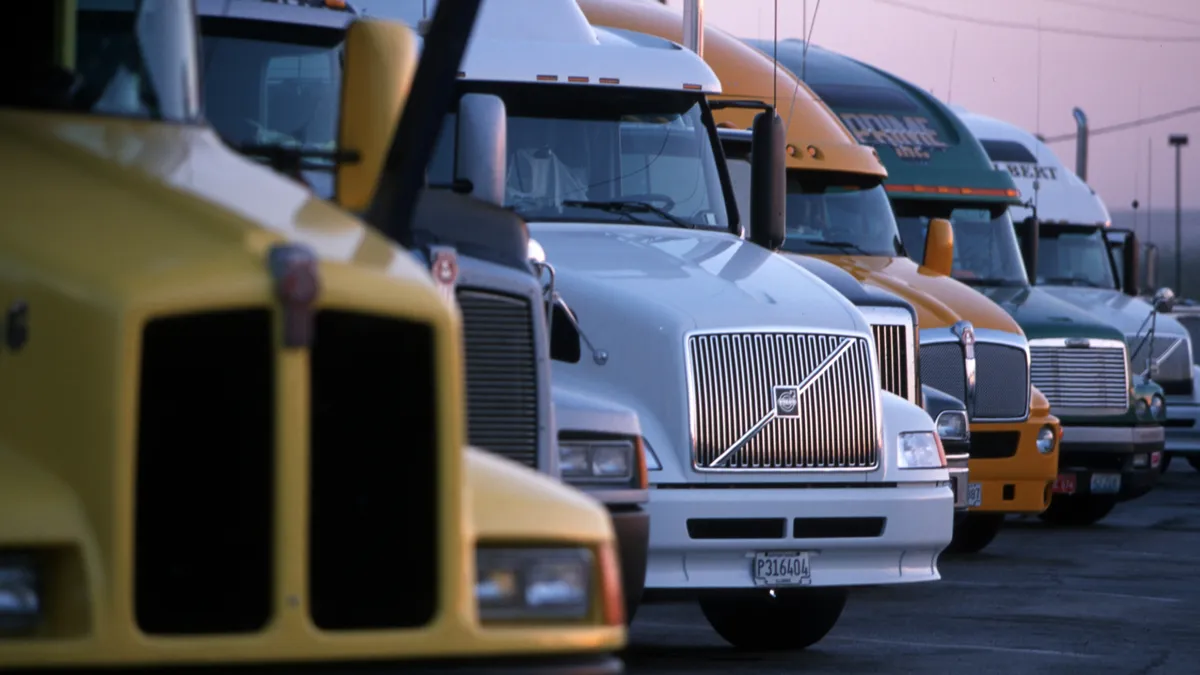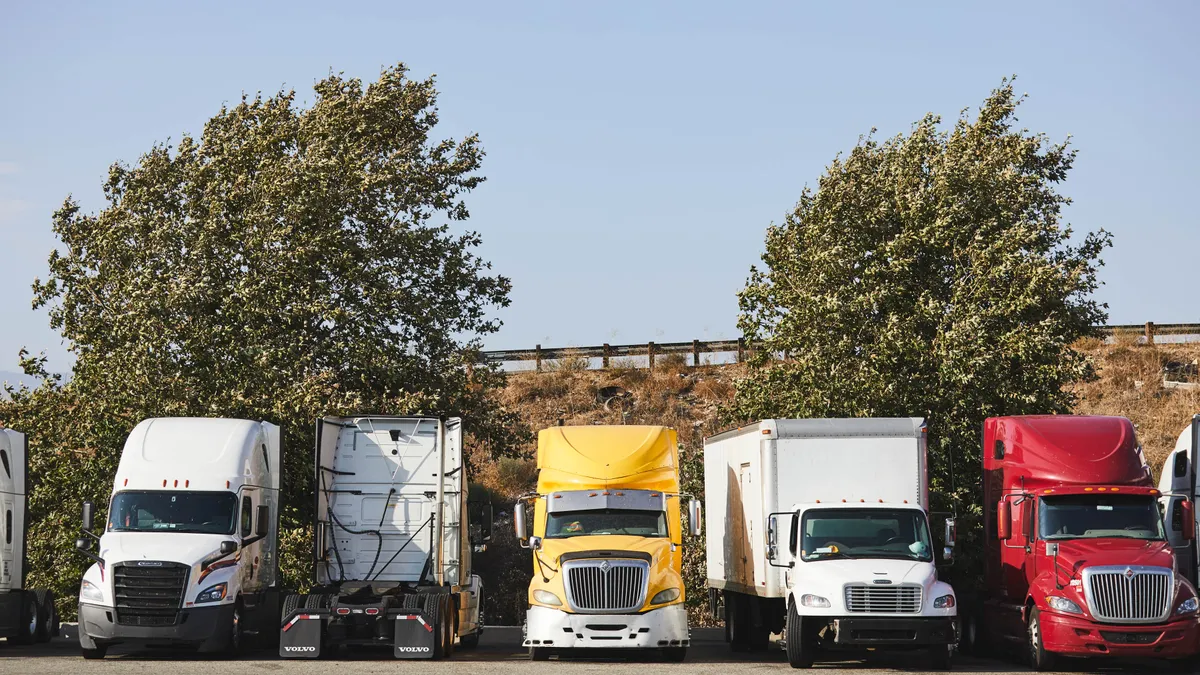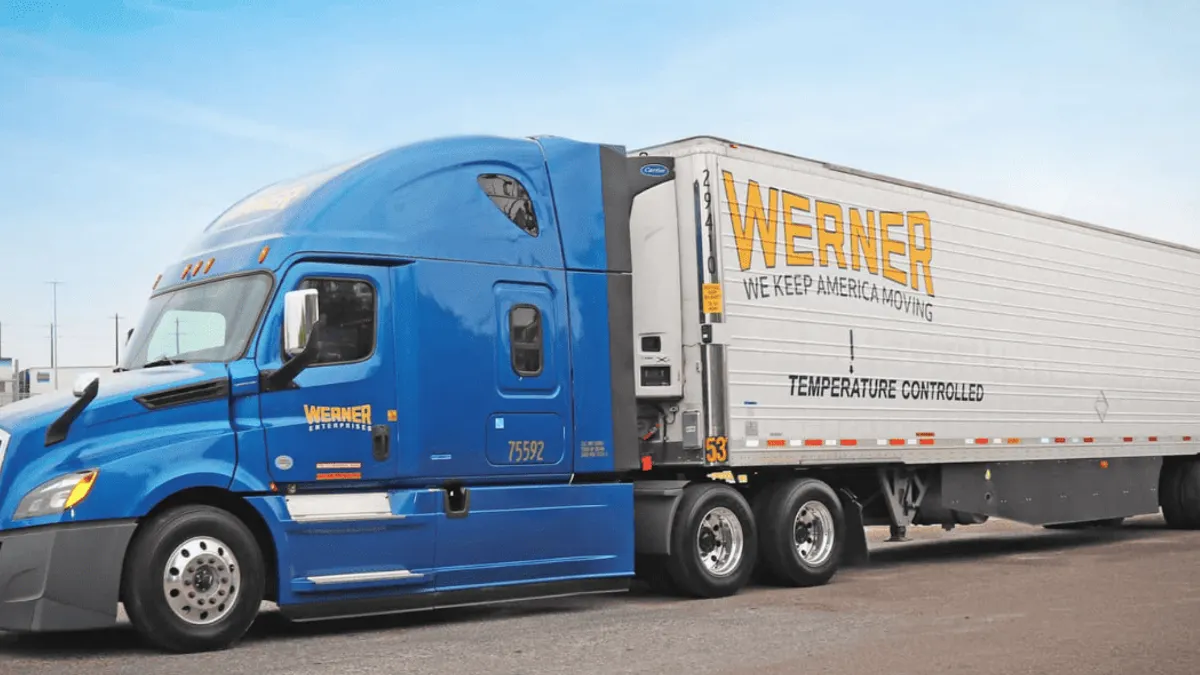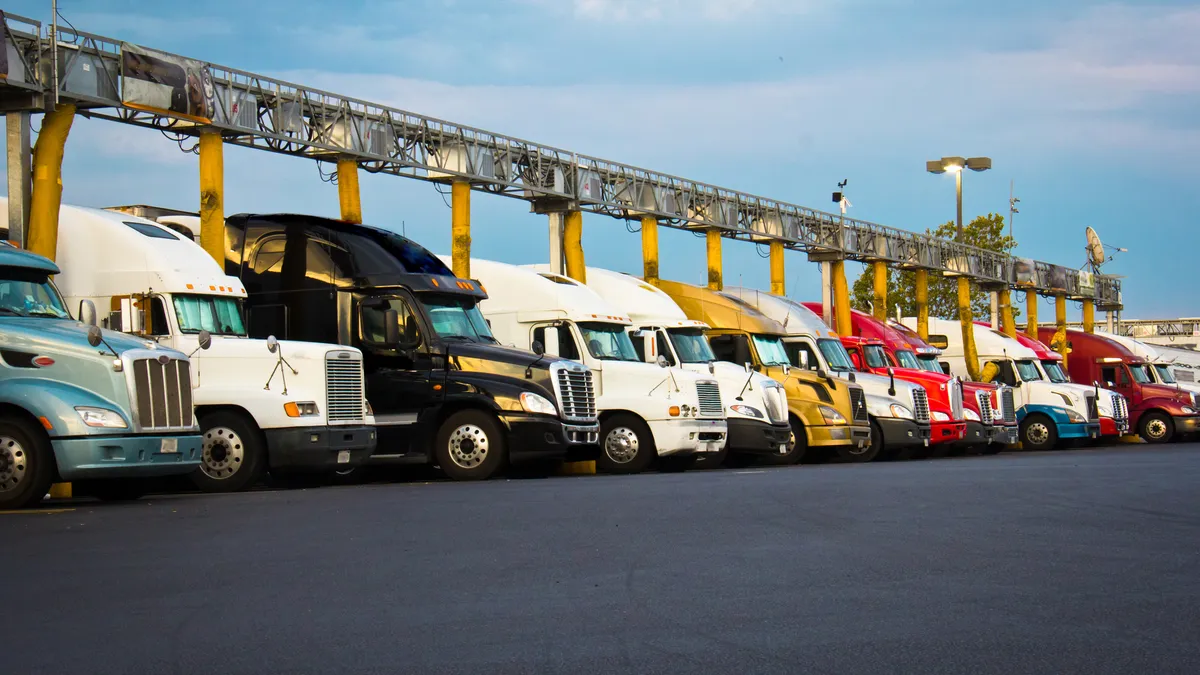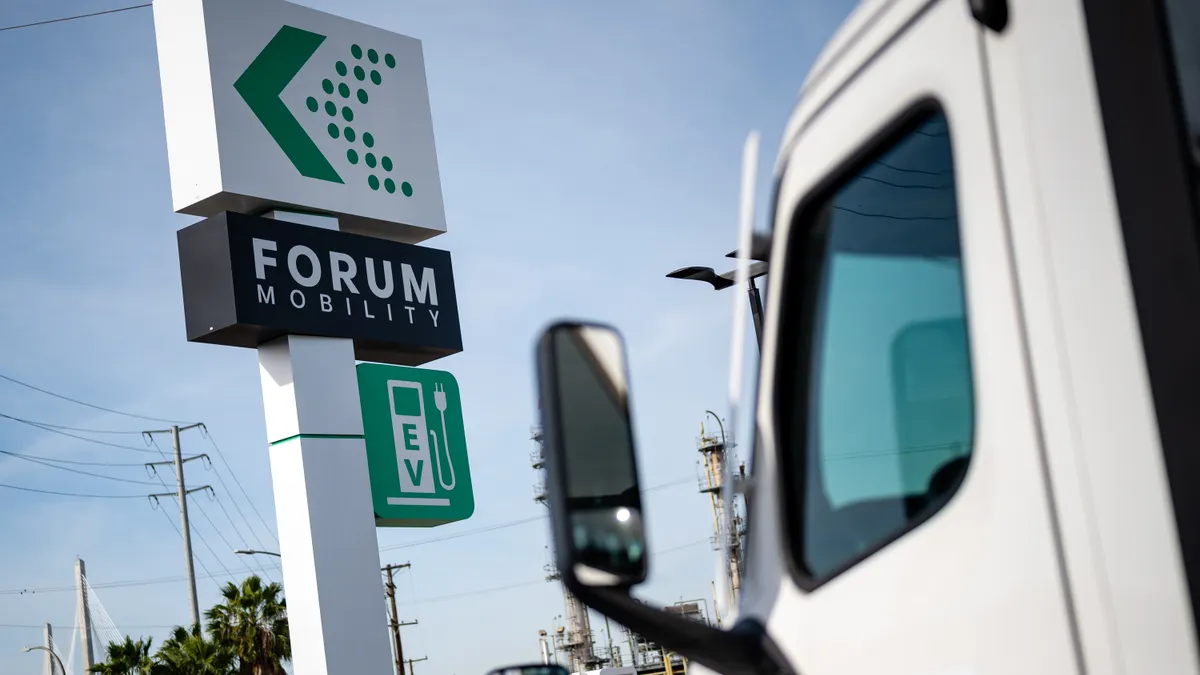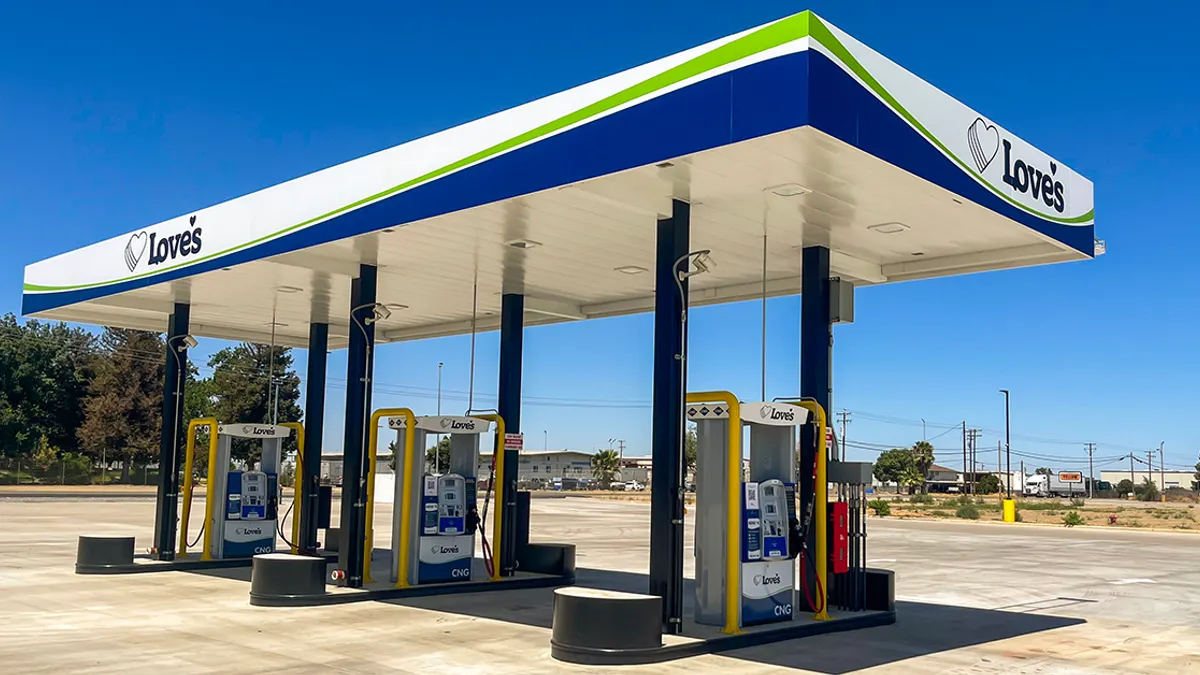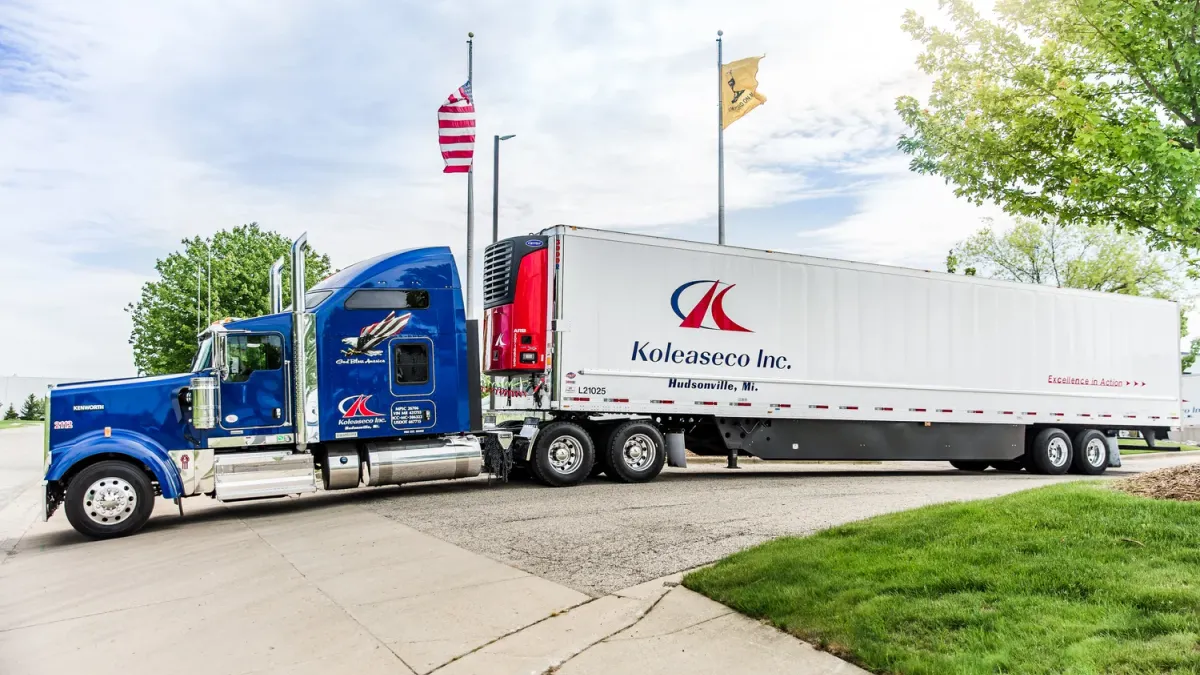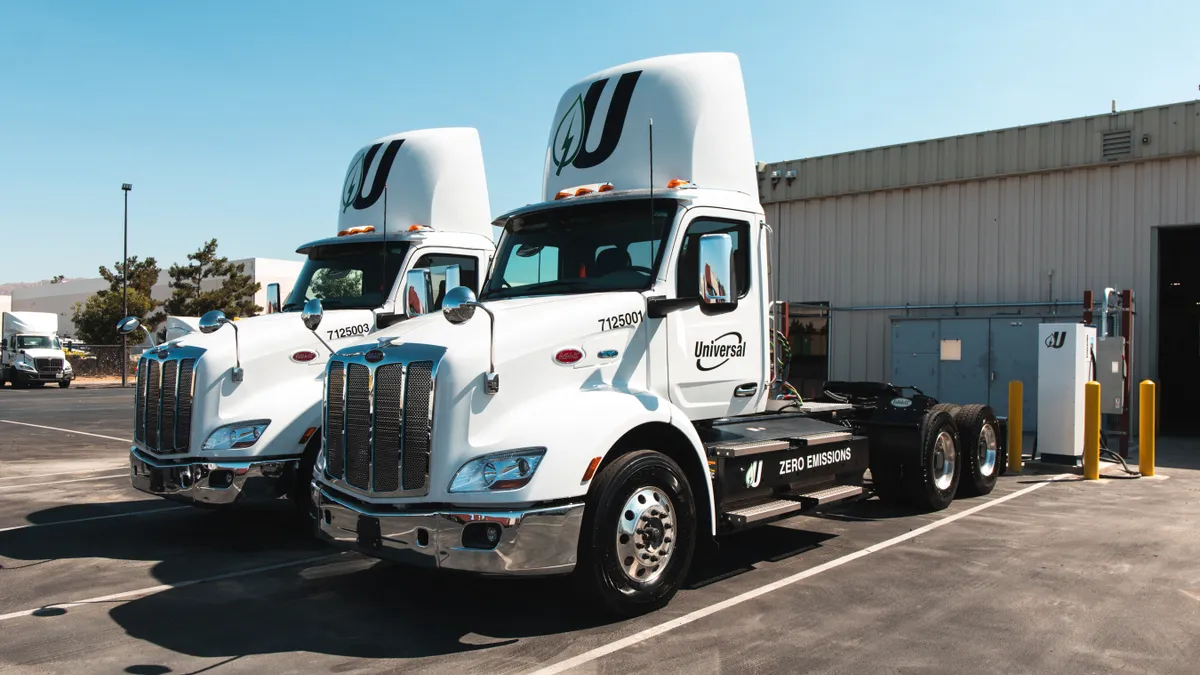The boom-or-bust cycle affects every North American industry, but perhaps no industry experiences the ups and downs of the economy quite like trucking.
To forge a successful fleet, executives have to steer their carriers through the vicissitudes of the economy, and that means enduring freight recessions. The nation had three freight recessions in the last 10 years, according to Convoy, all of them happening as the economy expanded.
The boom-or-bust cycle has analysts often looking for signs of another industry-specific bubble.
Currently, trucking is undergoing a resurgence, something quite different from a year ago when spot TL rates hit painful lows. Spot rates have shot up since then, from $1.59 in May 2020 to $2.66 in March, according to data from DAT. It is a big rise over 10 months, given the economy was in recession, and the world grappled with the coronavirus.
Over the next few weeks, more publicly traded fleets will report their financial numbers. Analysts expect strong performances, and not just in Q1. Brent Hutto, chief relationship officer for Truckstop.com, said this month that strong pricing will continue through 2021. Hutto said Truckstop.com is forecasting 2021 will see freight volumes jump 10% from 2020. That is a freight boom.
Another sign the resurgence is real is that independent drivers are going to FMCSA for motor carrier authority. In 2020, FMCSA granted carrier authority to 57,978 entities, a 36% increase from 2019, according to Avery Vise, FTR vice president of trucking. It's a contrast to the dreary weeks in April and May 2020, a bust caused by the disappearance of panic-buying after the initial onset of COVID-19 in North America.
Spot rates shoot up in trucking resurgence
But experts don't see the resurgence creating a bubble ready to burst anytime soon. One reason is capacity has not been pumped up to meet demand, and doing so would require getting past a lot of hurdles, according to Dean Croke, DAT principal analyst.
Fleets are struggling to find enough drivers, Croke said. And even if they hire new trainees, the COVID-19 pandemic has lengthened the time it takes to train them and then get them licensed through government bureaus. The new FMCSA Drug and Alcohol Clearinghouse has also removed 50,000 drivers from the market, Croke said.
And then there's constraints on new truck production. A global semiconductor shortage has slowed production of Class 8 trucks.
For trucking, it's as if there are guardrails placed upon the highway, preventing a turn into boom or bust.
"Capacity is going to be tight for some time," said Croke. "I just don't see how they are going to seat [more] trucks."
Today's situation differs from 2018-2019, when trucking boomed during a consumer-fueled surge in e-commerce. But as carriers rushed to the market with more and newer trucks, the supply of seated trucks soon overtook demand. Bankruptcies followed. One of the nation's largest for-hire carriers, Celadon, filed for bankruptcy in December 2019.
"Capacity is going to be tight for some time. I just don't see how they are going to seat [more] trucks."

Dean Croke
Principal analyst at DAT
For now, the industry is trying its best to keep up with demand with what it has on hand.
"Trucking has been very bullish because capacity is king," said Nikhil Sathe, managing director at Logisyn Advisors. "[Freight] has been a big winner throughout the pandemic."
But will the winning streak last?
One major fleet has already seen the benefits of the dynamic and surging economy. J.B. Hunt recently reported Q1 revenue was up 15% YoY. Its net income also jumped in Q1, by 39.6% YoY, to $146.6 million. The performance came in high, despite ongoing COVID-19 complications, the February winter storm and a reduction in intermodal volumes.
National bubbles
Economic bubbles form when assets are overvalued. When something applies a pin to the bubble, assets devalue quickly and new assessments of the worth of a large stock of things, such as housing or financial shares, cause shocks throughout the economy.
The best and most recent example of this was the Great Recession of 2007-2009, which was caused by overvaluation in the housing sector. When housing values crashed, it rippled through the financial markets like nothing seen before. Because banks and investment firms were heavily involved in housing, the recession was doubly painful and deep. The housing market is a large part of the U.S. and global economies.
Trucking and freight, on the other hand, tend to exist to service consumers. It is usually an indicator, not a cause, of recessions. Yet bubbles can form within various sectors, even if they do not threaten overall economic progress.
And the jury is still out on the progress in the U.S. economy. The economy is still technically in a recession, although it appears the pandemic's effects are being slowly erased, with some economists saying the nation is now in a period of expansion.
About 916,000 jobs were created in March, according to the Department of Labor, with unemployment falling to 6%.
All the while, some parts of the economy are red hot, and some are not.
"It's kind of a bifurcated economy," said Rajeev Dhawan, director of the Economic Forecasting Center at the College of Business at Georgia State University. "Some sectors are doing very well and some are barely surviving."
"Consumer spending is getting stronger and stronger."

Nikhil Sathe
Managing Director at Logisyn Advisors
Other experts noted the economy could be on the cusp of a turnaround.
The economy appears to be at an "inflection point," said Jerome Powell, Federal Reserve chairman, speaking to "60 Minutes" recently. Powell said the economy could start growing substantially but that the coronavirus, the "principal risk," could spread anew if people let their guards down.
Dhawan also cautioned against too much exuberance as vaccines are distributed in the U.S. He noted COVID-19 cases are spreading in Germany and elsewhere.
"There is over-optimism about the recovery of the economy," said Dhawan. "Look at the rest of the world. They are shutting down."
But the bifurcation seems to be helping North American trucking, for now. The transport industry is needed in North America for an economic turnaround and to assist in transporting pandemic-related goods, such as personal protective equipment, food, medical supplies and home goods.
In other words, given the elevation of spot rates, trucking is positioned to ably handle multiple scenarios in 2021. Freight demand doesn't seem weak or vulnerable this year.
An energized bull market
Moods about the economy are often expressed in what British economist John Maynard Keynes called "animal spirits." Keynes believed economic decisions were often more emotional than logical. Over time, too, Wall Street has adopted two animal mascots.
The bear represents the desire to retreat and hibernate during tough times. The bull charges ahead.
In April 2020, even as the coronavirus shut down economies, XPO Logistics CEO Bradley Jacobs said he was a "pragmatic bear" in the short term, a bull in the mid term and a "mega-bull" in the long term. E-commerce growth, which was already at a double-digit rate last year, could accelerate in the post-pandemic world, Jacobs predicted with accuracy.
In his latest letter, Jacobs said the bull has now entered the picture.
"The bear has left the building and the bull has arrived ahead of schedule," he wrote April 13. "After a painful 12 months for pretty much everyone, 2021 and 2022 are shaping up to be big comeback years for the vast majority of our customers."
But the coronavirus has kept some financial bears worried, while the vaccines have others bullish. Sathe said as far as logistics-related M&A is concerned, he is bullish.
"The buyer universe is getting bigger and bigger," Sathe said.
During the pandemic, private-equity and investment firms eyed the importance of freight and the relative toughness of fleets during troubled times. E-commerce was an important driver of freight, signaling that perhaps trucking was a consistently good bet for investment dollars. On March 25, Roadrunner said it raised $50 million from private equity sources.
M&A was largely muted in 2020, but as time went on and freight proved its worth, deals began. TFI International bought nine firms in 2020 by the end of November. In January, TFI bought UPS Freight for $800 million.
Investors and carriers seem confident.
The resurgence continues — but doesn't bubble over
Sathe pointed to pent-up demand on the part of consumers, who have accrued savings and have been the recipients of federal stimulus dollars — about $2,000 per eligible American, if 2019 income was below $75,000.
Consumers had already been spending since the summer, as lockdowns and work-from-home policies left them with plenty of opportunities to fix up their domiciles. Inventories became depleted, and trucks were dispatched from ports and warehouses to meet demand, driven up by e-commerce.
"Consumer spending is getting stronger and stronger," said Sathe.
Sales spike after early pandemic dip
Croke said such continuing trends surprised him. In 2020, he suspected the e-commerce boom would come to an end in Q1 2021, with consumers taking a break. Instead, as the economy came back to life and as vaccinations increased, freight business stayed strong.
Imports have been a big contributor to that strength, Croke said, which were up 57% in March YoY. Croke said he is hearing comparisons to a period 100 years prior, the Roaring Twenties, when a pandemic and a world war ended, and the United States had a decade of unparalleled growth before a terrible bust.
Croke said he believes contract rates will stay elevated through most of the year. Spot rates for dry vans will stay high and stable, while the next few months could see higher spot rates for flatbed and reefer. Flatbed will benefit from a boom in construction and homebuilding, while reefers will be in demand as produce season kicks off, he said.
The amalgamation of trucking-market factors has the traditional formula for boom-and-bust broken for now, Croke said.
"I don't think there is a bubble," said Croke.


